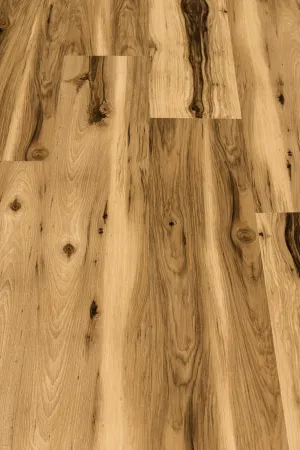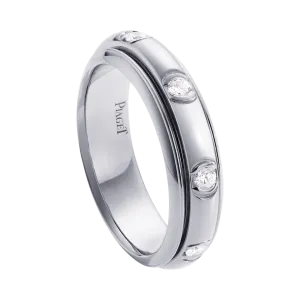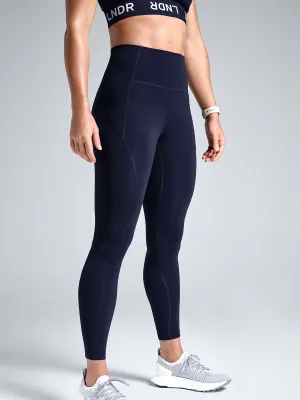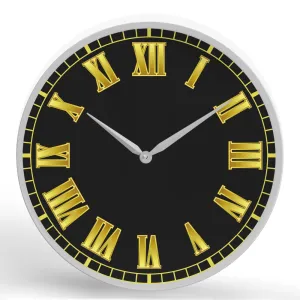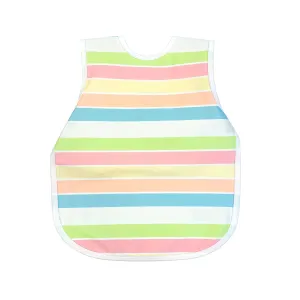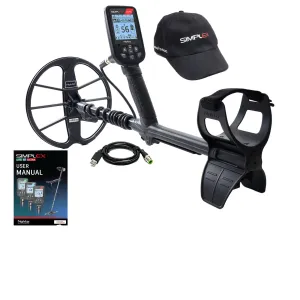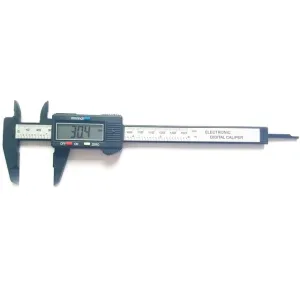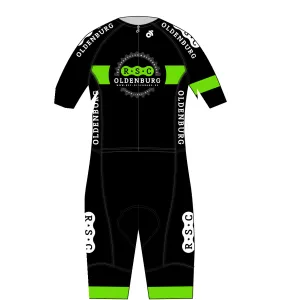*NOTE: Side two of this record was not noisy enough to rate our M-- to EX grade, but it's not quite up to our standards for Mint Minus Minus either. If you're looking for quiet vinyl, this is probably not the best copy for you.
This is one of the more challenging classical shootouts for us to get going. At least 80% of the copies we buy these days -- for many, many hundreds of dollars each, I might add -- go right back to the seller. This is one of the more reasonably quiet copies we've come across recently, making it a special one indeed.
Both sides are so clear, alive, and transparent, with huge hall space extending wall to wall and floor to ceiling.
This pressing boasts rich, sweet strings, especially for a Mercury. Both sides really get quiet in places, a sure sign that all the dynamics of the master tape were protected in the mastering of this copy.
If you love hearing INTO a recording, actually being able to "see" the performers, and feeling as if you are sitting in the audience, this is the record for you. It's what vintage all analog recordings are known for -- this sound.
If you exclusively play modern repressings of vintage recordings, I can say without fear of contradiction that you have never heard this kind of sound on vinyl. Old records have it -- not often, and certainly not always -- but maybe one out of a hundred new records do, and those are some pretty long odds.
What The Best Sides Of The Firebird Have To Offer Is Not Hard To Hear
- The biggest, most immediate staging in the largest acoustic space
- The most Tubey Magic, without which you have almost nothing. CDs give you clean and clear. Only the best vintage vinyl pressings offer the kind of Tubey Magic that was on the tapes in
- Tight, note-like, rich, full-bodied bass, with the correct amount of weight down low
- Natural tonality in the midrange -- with all the instruments having the correct timbre
- Transparency and resolution, critical to hearing into the three-dimensional studio space
No doubt there's more but we hope that should do for now. Playing the record is the only way to hear all of the qualities we discuss above, and playing the best pressings against a pile of other copies under rigorously controlled conditions is the only way to find a pressing that sounds as good as this one does.
Hi-Fidelity
What do we love about these Living Presence Hot Stamper pressings? The timbre of every instrument is Hi-Fi in the best sense of the word. The instruments here are reproduced with remarkable fidelity. Now that's what we at Better Records mean by "Hi-Fi," not the kind of audiophile phony BS sound that passes for Hi-Fidelity these days.
There's no boosted top, there's no bloated bottom, there's no sucked-out midrange. There's no added digital reverb (Patricia Barber, Diana Krall, et al.). The microphones are not fifty feet away from the musicians (Water Lily) nor are they inches away (Three Blind Mice).
This is Hi-Fidelity for those who recognize the real thing when they hear it. I'm pretty sure our customers do, and whoever picks this one up is guaranteed to get a real kick out of it.
Vintage Recordings - What To Listen For
Top end extension is critical to the sound of the better copies. Lots of old records (and new ones) have no real top end; consequently, the studio or stage will be missing much of its natural air and space, and instruments (especially the guitar and percussion) will lack the full complement of harmonic information of which they are capable.
Tube smear is common to most pressings from the late 50s and early 60s. The copies that tend to do the best in a shootout will have the least (or none), yet are full-bodied, tubey and rich.
What We're Listening For On The Firebird
- Energy for starters. What could be more important than the life of the music?
- The Big Sound comes next -- wall to wall, lots of depth, huge space, three-dimensionality, all that sort of thing.
- Then transient information -- fast, clear, sharp attacks, not the smear and thickness so common to these LPs.
- Next: transparency -- the quality that allows you to hear deep into the soundfield, showing you the space and air around all the instruments.
- Extend the top and bottom and voila, you have The Real Thing -- an honest to goodness Hot Stamper.
Table Setup
This is an excellent record for adjusting tracking weight, VTA, azimuth and the like. Classical music is really the ultimate test for proper turntable/arm/cartridge setup (and evaluation). A huge and powerful recording such as this quickly separates the men from the boys stereo-wise. Recordings of this quality are the reason there are $10,000 front ends in the first place. You don't need to spend that kind of money to play this record, but if you do, this is the record that will show you what you got for your hard-earned dough.
Ideally, you would want to work your setup magic at home with this record, then take it to a friend's house and see if you can achieve the same results on his system. I've done this sort of thing for years. (Sadly, not so much anymore; nobody I know can play records like these the way we can. Playing and critically evaluating records all day, every day, year after year, you get pretty good at it. And the more you do it, the easier it gets.)
Properly set VTA is especially critical on this record, as it is on most classical recordings. The smallest change will dramatically affect the timbre, texture and harmonic information of the strings, as well as the rest of the instruments of the orchestra.
Vinyl Condition
Mint Minus Minus is about as quiet as any vintage pressing will play, and since only the right vintage pressings have any hope of sounding good on this album, that will most often be the playing condition of the copies we sell. (The copies that are even a bit noisier get listed on the site are seriously reduced prices or traded back in to the local record stores we shop at.)
Those of you looking for quiet vinyl will have to settle for the sound of other pressings and Heavy Vinyl reissues, purchased elsewhere of course as we have no interest in selling records that don't have the vintage analog magic of these wonderful recordings.
If you want to make the trade-off between bad sound and quiet surfaces with whatever Heavy Vinyl pressing might be available, well, that's certainly your prerogative, but we can't imagine losing what's good about this music -- the size, the energy, the presence, the clarity, the weight -- just to hear it with less background noise.
A Must Own Classical Record
This Demo Disc quality recording should be part of any serious Classical Music Collection. Others that belong in that category can be found .


